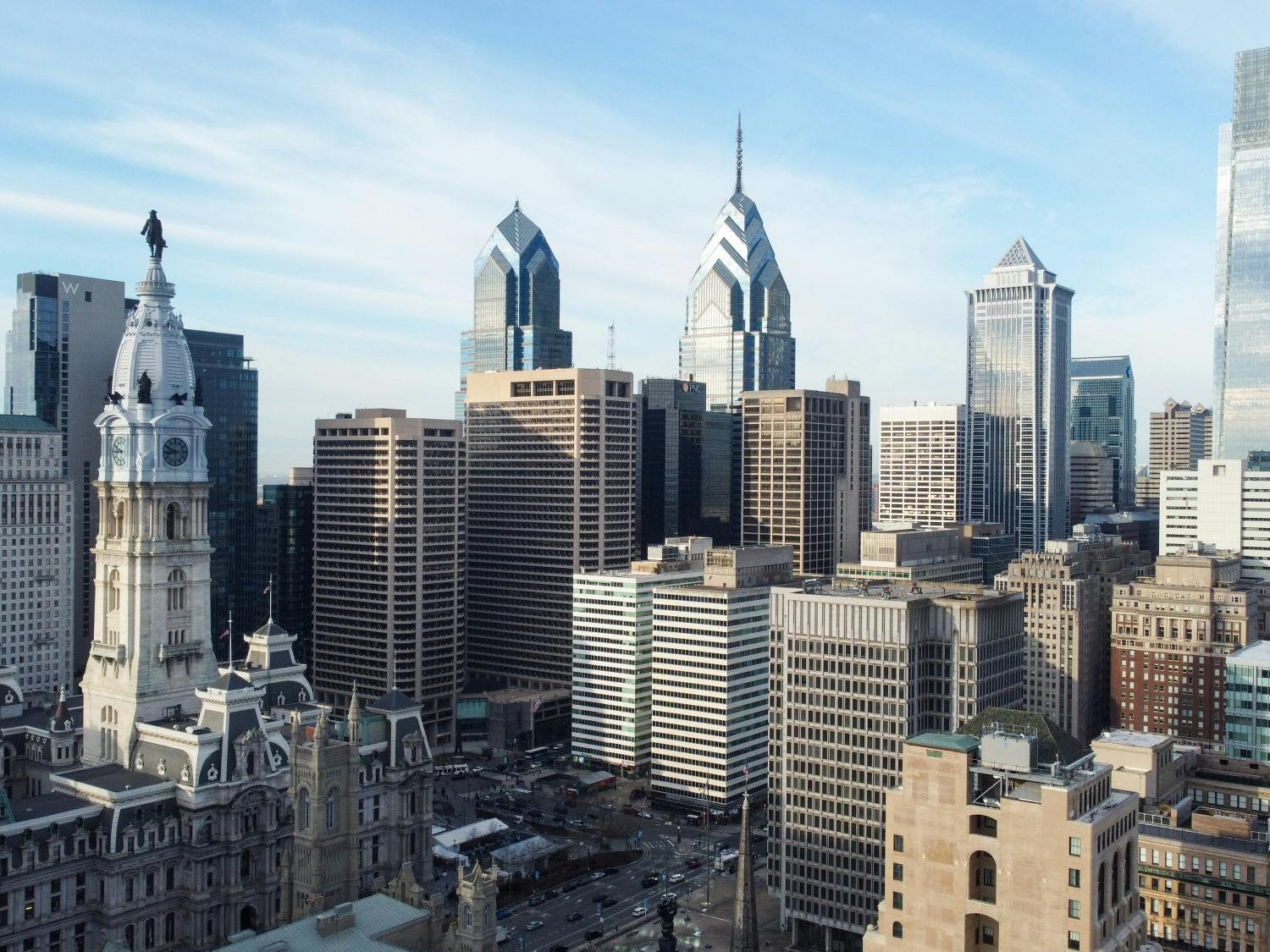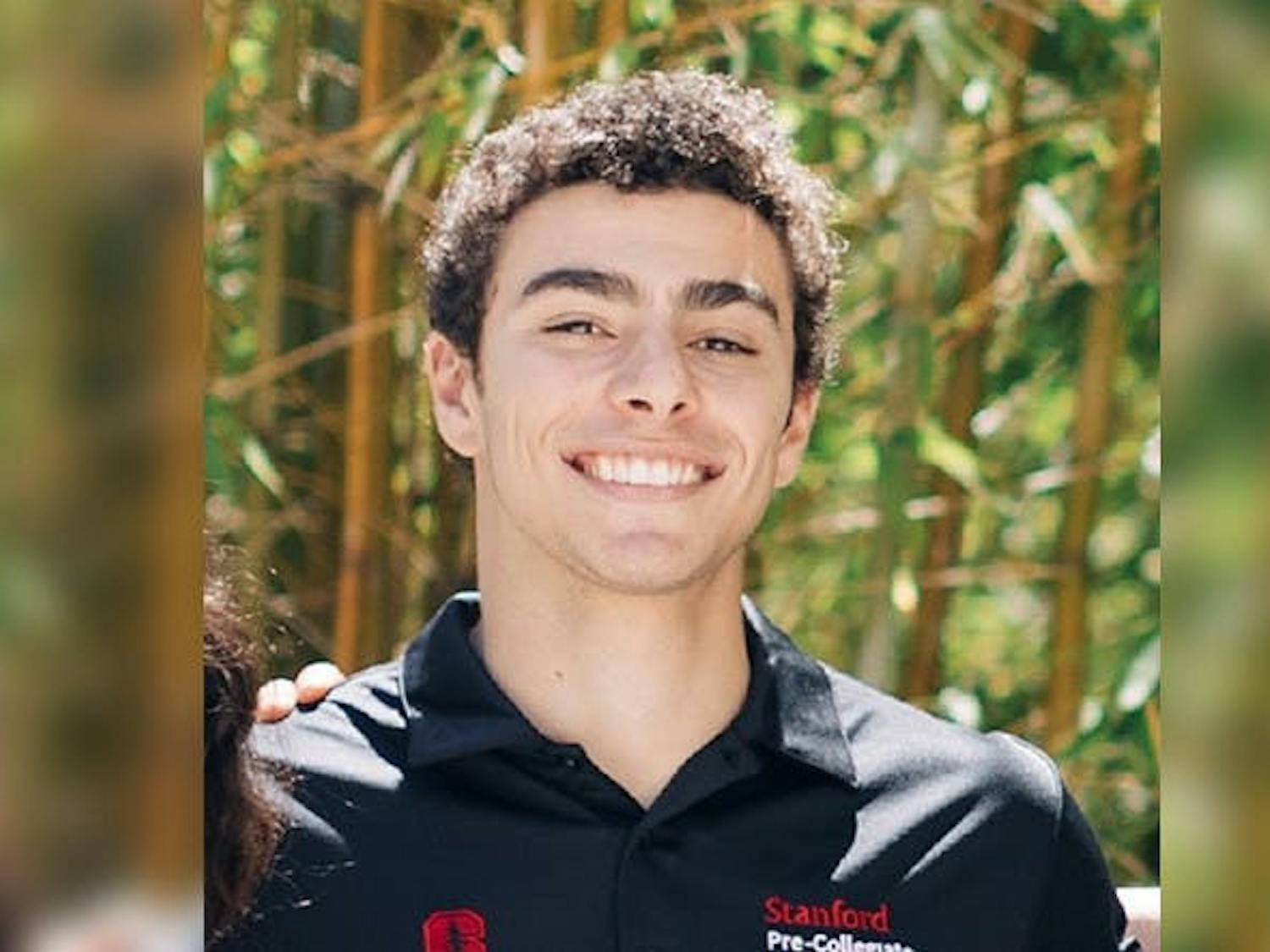The new initiative has only succeeded in lighting two University City blocks. Although the University has invested both time and money into the "UC Brite" initiative designed to improve lighting around campus, several officials involved with the program admit there is no proven correlation between better lighting and crime reduction. The University announced plans last December to work with the West Philadelphia Partnership, PECO Energy Company and Grenald Waldron Associates to improve lighting on the area's 63 city blocks in hopes of improving safety for both students and faculty. And while no data has been compiled to support the supposition that better lighting reduces crime, several officials involved with the project expressed confidence that the new lighting will have positive effects on the area. UC Brite Manager Esaul Sanchez said the initiative is progressing, but that he "doesn't know" if improved lighting will reduce crime. He added that "there are many positive effects of this campaign, even if it doesn't reduce crime," citing the psychological benefits of the community coming together to take action against crime. And while Sanchez admitted to needing "more solid data" before making a definite statement, he added that he can "intuitively feel that [the initiative is] making a difference." Logically, a well-lit street will deny a criminal the privacy to commit a crime, according to Sanchez. PECO Consultant Roy David said that while he has "faith" in the initiative's ability to reduce crime, he does not have the hard "facts." "The operative word is guardianship," David said, agreeing that under Chicago Police Detective J.J. Bittenbinder's rules of fighting crime, lighting does "deny criminals privacy." David added that it is a sign of "life, consciousness and unity" when a street is well-lit. "The more I see of this the less I need statistics," David said. And although Grenald Waldron Associates Project Manager Sandra Stashik said she cannot "guarantee" that lighting will decrease crime, she believes it will. But Stashik also stressed the psychological benefits of lighting up the streets. "Our goal is to increase the feeling of safety and security for students," she said. Center City District Director Paul Levy said "Penn is doing exactly the right thing" regarding safety. Levy, who pioneered a similar $6 million lighting plan in Center City, said the city would not have gone forward with the initiative if they had not believed in it. "It looks great, is much brighter and makes people feel better," he said. "The perception that an area is safe is important." Levy added that since the Center City lighting was installed, the city has "decreased deployment of city police." And while only two of the 63 University City blocks -- the 4100 and 4400 blocks of Pine Street -- have had their lighting replaced under the program, Sanchez points to meetings with several West Philadelphia residents to draw up estimates for lighting up their blocks as evidence of the initiative's progress. He added that coordinating the electricians' and residents' schedules and collecting funds for the improvements make this stage the "toughest" of the project. Residents who participate in the program are responsible for paying for new lights for their houses, but are reimbursed for half of the costs through a $25,000 fund donated by the University, Campus Apartments, University City Housing, University Enterprises and Allen Klein Properties. Sanchez added that it is easier for homeowners to agree to the initiative before they are pressed to fund it.
The Daily Pennsylvanian is an independent, student-run newspaper. Please consider making a donation to support the coverage that shapes the University. Your generosity ensures a future of strong journalism at Penn.
DonateMore Like This
Here’s how Penn plans to celebrate America’s 250th anniversary
By
Arti Jain
·
15 hours ago
Van Pelt Library discontinues bag check security policy
By
Christine Oh
·
15 hours ago








